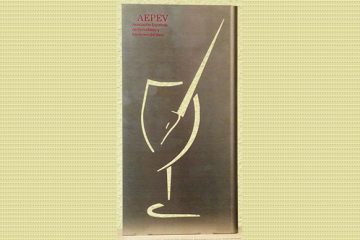The wine capsule, as to its origin, history and utility, is one of the most unknown aspects of wine making.
The first data regarding this piece goes back to the Middle Ages, when some noble decided to make a control system for the wine stocked in his cellars.
At that time it was common for the wine stored in bottles to decrease significantly, due to evaporation or, in some cases, because they had been replaced by other less prized wines.
But the origin of the metallic top, or capsule, as we know it today is found in Hungary in the 18th century, when a noble created the first bottle capsule made of lead with the purpose of protecting the wines from damp, excess light, insects and, of course, serve as a guarantee to asure that the bottle had not been manipulated.
Today, apart from being a guarantee seal, it also helps to identify the winemaker as the name or logo appears at the top of the capsule to be recognized quickly.
Tin, aluminum and plastic replaced lead, on toxicity grounds, and are nowaday the most commonly used materials the production of capsules. Tin caps are considered the best and are normally used to cap great wines because they can cost up to 1 euro per cap/unit. Aluminum reduces the cost up to 60% and the last variant, plastic, is used for low-range wines.
The capsule dresses up the bottle and the wine, it must be cut below the ring that stands out and separates the most narrow part of the neck of the bottle, or either remove it completely, although this is little aesthetic, it prevents from draging any attached particles into the glass when serving the wine.


